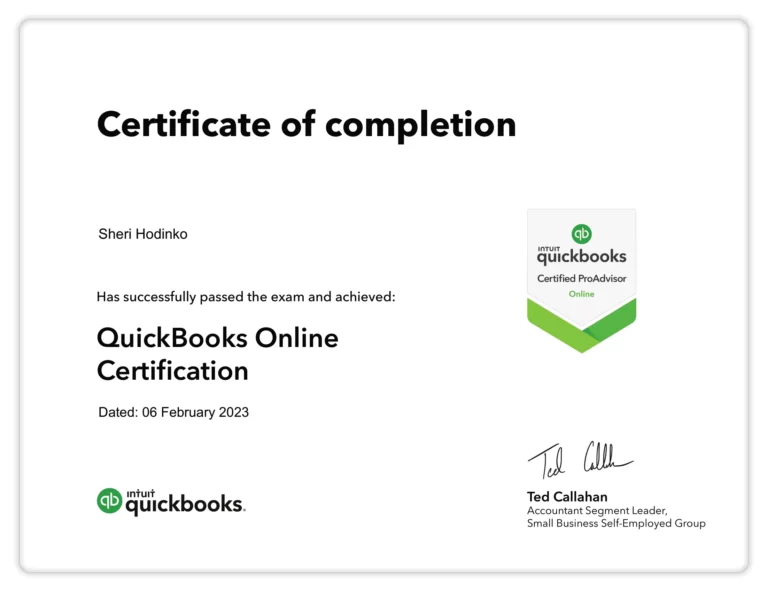
Retained earnings are a type of equity and are therefore reported in the shareholders’ equity section of the balance sheet. Although retained earnings are not themselves an asset, they can be used to purchase assets such as inventory, equipment, or other investments. Therefore, a company with a large retained earnings balance may be well-positioned to purchase new assets in the future or offer increased dividend payments to its shareholders. In terms of financial statements, you can find your retained earnings account (sometimes called Member Capital) on your balance sheet in the equity section, alongside shareholders’ equity. In rare cases, companies include retained earnings on their income statements. Retained earnings are the cumulative profit and losses of a company that has been reinvested into the business rather than being distributed as dividends to shareholders.
What does retained earnings mean in accounting?
This includes all dividends paid out to shareholders during the period. The income statement (or profit and loss) is the first financial statement that most business owners review when they need to calculate retained earnings. This document calculates net income, which you’ll need to calculate your retained earnings balance later.
Is Retained Earnings a Current Asset? FAQs
This is logical since the revenue accounts have credit balances and expense accounts have debit balances. If the balance in the Retained Earnings account has a debit balance, this negative amount of retained earnings may be described as deficit or accumulated deficit. Retained earnings are the cumulative net earnings or profit of a company after paying dividends. Retained earnings are the net earnings after dividends that are available for reinvestment back into the company or to pay down debt.
Calculating retained earnings FAQs
- Shareholders, analysts and potential investors use the statement to assess a company’s profitability and dividend payout potential.
- You can also move the money to cash flow to pay for some form of extra growth.
- Retained earnings are then carried over to the balance sheet, reported under shareholder’s equity.
- ROA is one of two primary measures managers and investors use to analyze a company’s profitability level.
- Although you can invest retained earnings into assets, they themselves are not assets.
- Revenue and retained earnings provide insights into a company’s financial performance.
In the above formula, companies may either have profits or losses during a period. Now that you’ve learned how to calculate retained earnings, accuracy is key. The purpose of a balance sheet is to ensure all your bookkeeping journal entries are correct and every penny is accounted for. A balance is often struck, retained earning asset or liability with some of the profits paid out in dividends and a portion of it kept as retained earnings. Gross sales are calculated by adding all sales receipts before discounts, returns, and allowances. For smaller companies, this may be as easy as calculating the number of products sold by the sales price.

- The owner of this website may be compensated in exchange for featured placement of certain sponsored products and services, or your clicking on links posted on this website.
- Retained earnings are reported in the shareholders’ equity section of a balance sheet.
- Like paid-in capital, retained earnings is a source of assets received by a corporation.
- SuperMoney.com is an independent, advertising-supported service.
- The above definitions for the balance sheet elements clarify that retained earnings are equity.
“Better than your competition is what I’d aim for. Generally, you would compare competitive companies or industries.” However, if an LLC doesn’t distribute all of its earning to its shareholders, it could be liable for supplemental corporation tax on any amount retained over $250,000. Retained Earnings is the collective net income since a company began minus all of the dividends that the company has declared since it began. According to the provisions in the loan agreement, retained earnings available for dividends are limited to $20,000. When a prior period adjustment is used, it appears as a correction of the beginning balance of RE and is fully described. With the relative infrequency of material errors, the use of this type of adjustment has been virtually eliminated.
Want More Helpful Articles About Running a Business?
These statements report changes to your retained earnings over the course of an accounting period. Retained earnings refer to the amount of net income a company has left after paying dividends to shareholders. Examples of these items include sales revenue, cost of goods sold, depreciation, and other operating expenses.
Different Level of Reporting (Top Level vs. Bottom Level)
- If a business sold all of its assets and used the cash to pay all liabilities, the leftover cash would equal the equity balance.
- A statement of retained earnings details the changes in a company’s retained earnings balance over a specific period, usually a year.
- A balance is often struck, with some of the profits paid out in dividends and a portion of it kept as retained earnings.
- Expenses are grouped toward the bottom of the income statement, and net income (bottom line) is on the last line of the statement.


Siz de fikrinizi belirtin